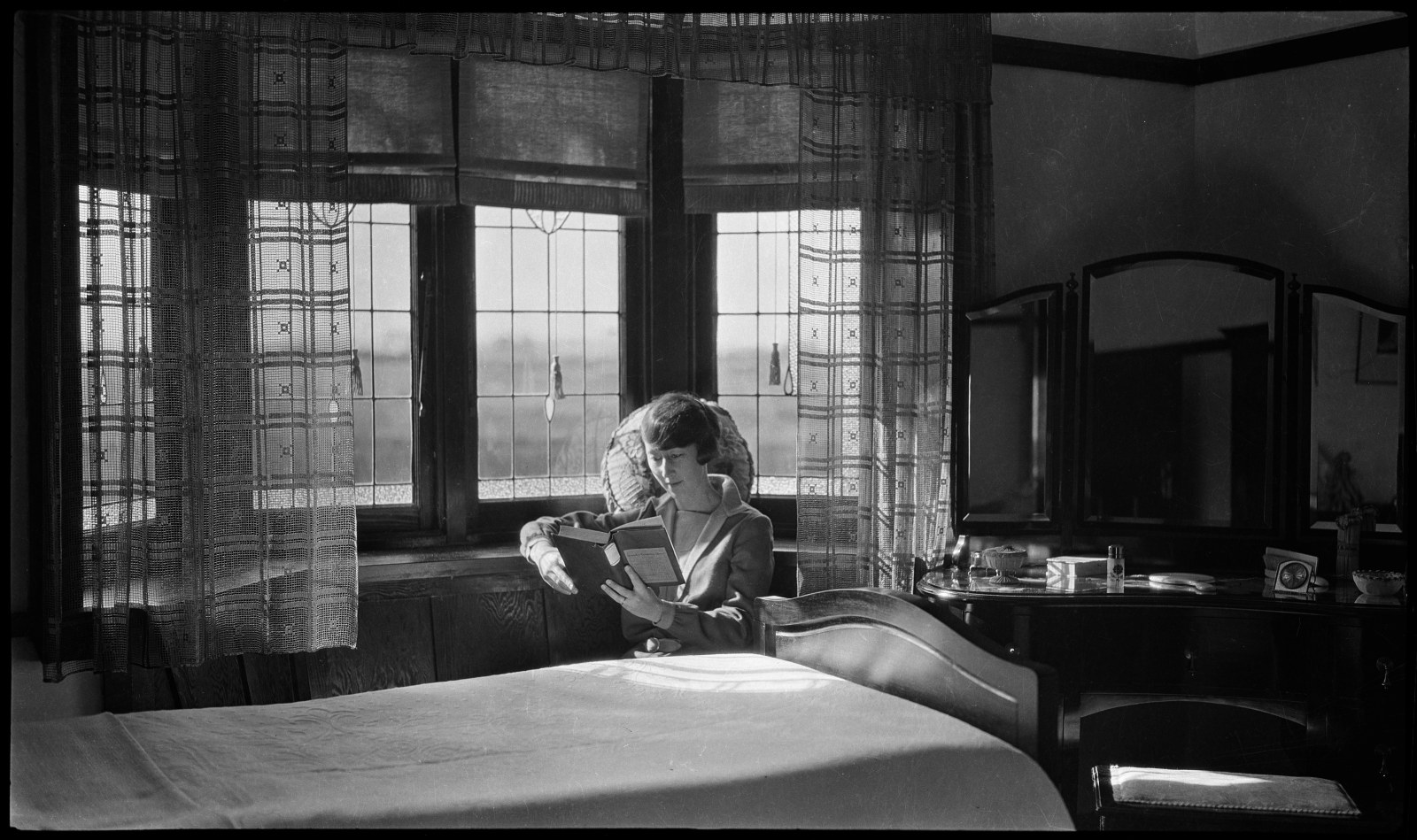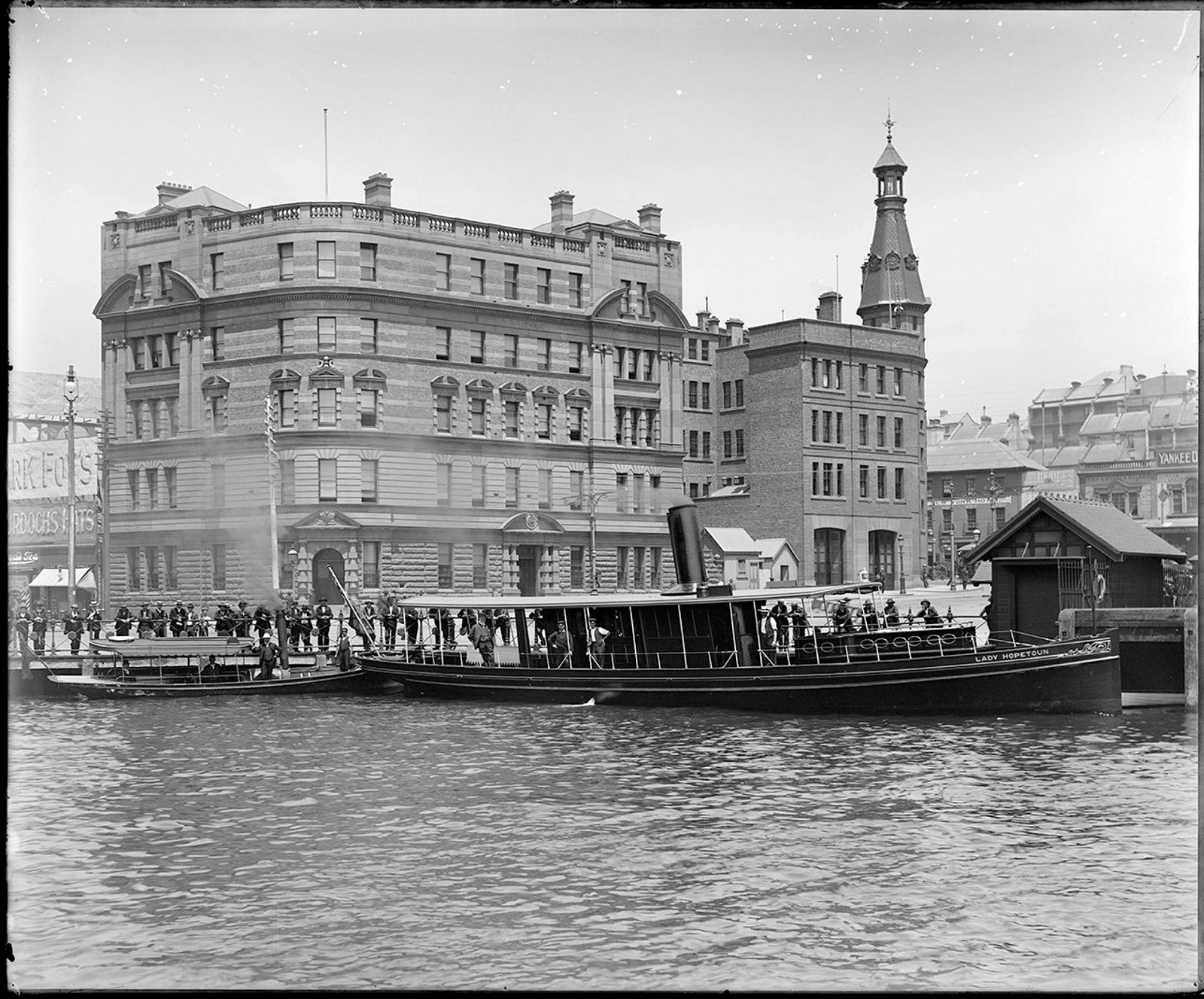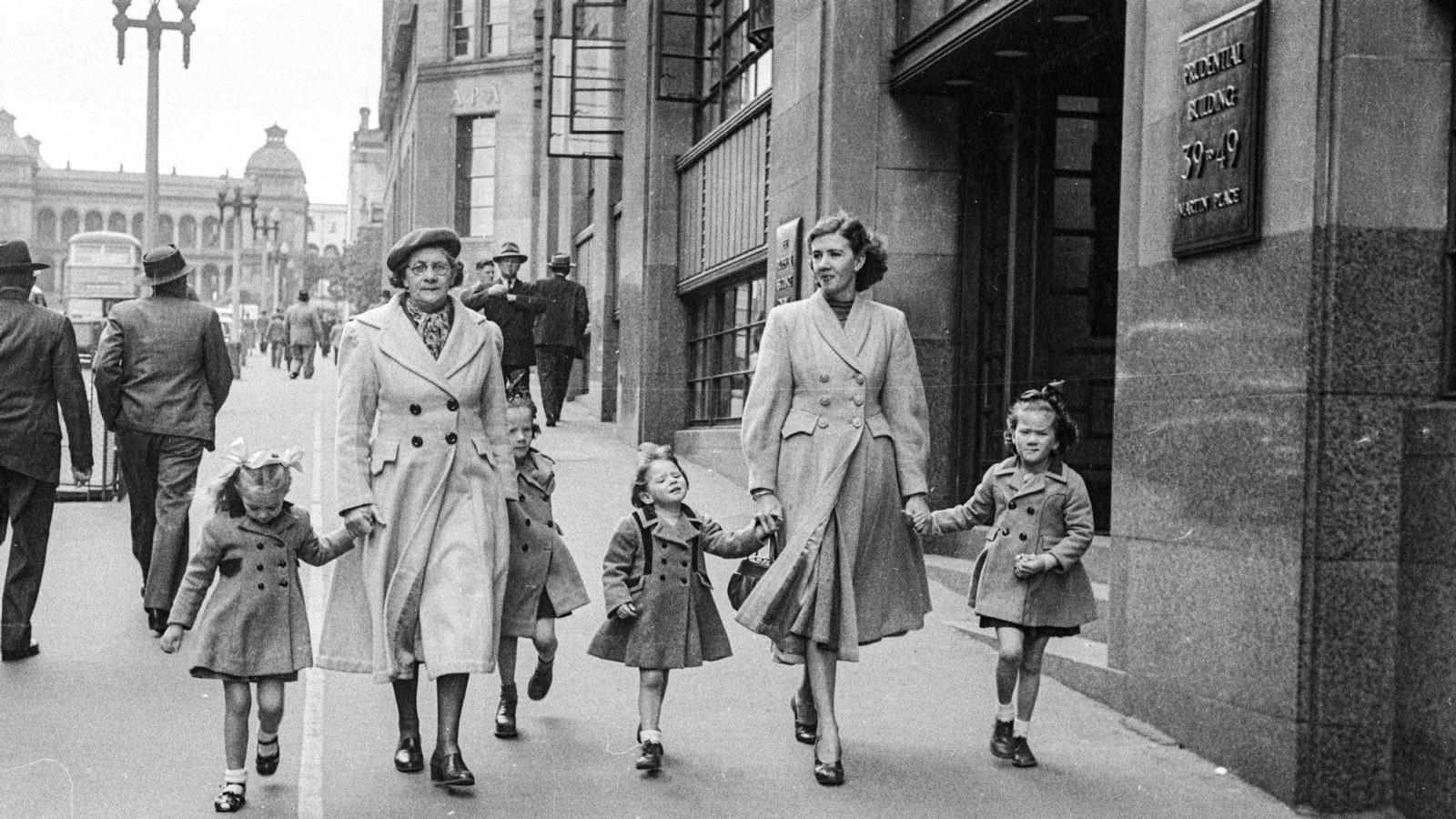Photos of soldier settlements
The Returned Soldiers' Settlement Act, 1916, allowed for the settlement of returned soldiers on Crown and Closer Settlement Lands in New South Wales.
This volume (NRS-8095) documents returned soldiers clearing land, building houses, and engaging in farming activities on soldier settlements established after World War I. The photos also include their families and the cottages where they lived.
The primary arrangement of this series appears to be under the individual soldier settlement. While the photographs are captioned, they do not appear to be dated.
A selection from the collection
Soldier settlement

Photos of nurses at Sydney baby clinics
These photos are believed to have been taken in 1914, with the opening of the first baby clinics
Soldier (Closer) Settlement - Returned Soldiers Transfer files 1907-1951
Transfer of land ownership originally obtained under the Closer Settlement and Returned Soldiers schemes.
Soldier (Closer) Settlement transfer registers 1919-1925
The index related to the transfer of land ownership originally obtained under the Closer Settlement and Returned Soldiers schemes
Soldier (Closer) settlement promotion files index 1913-1958
This index will be of interest to those researching the transfer of land ownership originally obtained under the Closer Settlement and Returned Soldiers schemes. It records: name of applicant and vendor, name of estate, land district and Closer Settlement Promotion number.
Photo collections

House photo albums
These specially produced photograph albums (some in published form and others consisting of photographs pasted into an album) comprise images of one or more domestic dwellings and depict exteriors, interiors and gardens in NSW mostly from the late 19th to the early 20th centuries

Richard Stringer’s architectural photographs, 1968–2003
This portfolio contains 55 photo prints taken by architectural photographer Richard Stringer, dating from 1968 to 2003, documenting significant Australian domestic buildings

Barry Wollaston: historic buildings in the county of Cumberland (NSW), 1954
This collection consists of 232 photo negatives by architect and photographer Barry Wollaston of buildings in the Sydney region considered by the Royal Australian Institute of Architects in the early 1950s to be of architectural and historical value

A pictorial guide to identifying Australian architecture – photo collection
This collection of over 700 black and white photo prints was used to illustrate the book 'A pictorial guide to identifying Australian architecture' by Richard Apperly, Robert Irving and Peter Reynolds, first published in Sydney in 1989
Photos from Urban Affairs and Planning
This collection includes both colour and B&W photographs taken between 1945 and 1999, depicting Sydney, its surrounding areas, and regional NSW

Electricity Commission
These photos record the power generation and transmission assets of the organisation and document the working conditions and social events of its employees

Alan Spearman Evans Collection
The Alan Spearman Evans Collection comprises over 2000 photographic images of houses, house interiors, garden landscapes and industrial workplaces in NSW

Maritime Services Board
A sample of the 4000+ digitised glass plate negatives from the Maritime Services Board

Ikon Studio
During the public call out for our Street Photography exhibition an extraordinarily rare collection of street photography negatives came to light. The Ikon Studio negatives provide a fascinating visual narrative of the street photographer at work

Documenting NSW Homes
Recorded for the future: documenting NSW homes
The Caroline Simpson Library has photographically recorded homes since 1989